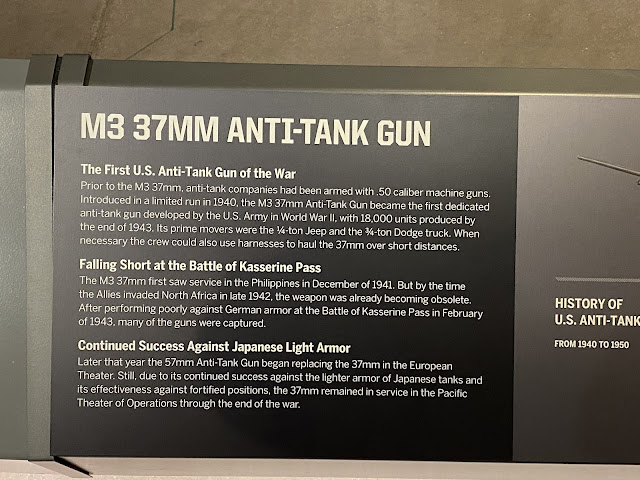Real transmissions.
About once a year I go on an unhinged campaign for the restoration of manual transmissions. I absolutely know, right from the onset, that it's totally pointless. Nonetheless, the fact that no manual transmission pickup trucks are made in the US, outside of the Jeep pickups, really angers me.
100% of the reasons stated in support of automatic transmissions are pure unadulterated bullshit. The real, and only, reason they're put in pickup trucks is that most pickup trucks are driven in cities, including ones that have fanciful outdoorsy names and have something like "off road edition" emblazoned on their sides. If it's got an automatic transmission, it's the kawaii thirteen year old girl edition. That's it. It's made for wimps who want to pretend their outdoorsy and don't know how to drive.
The market, of course, is what controls this, and ever since the day guys who never get outside the Denver city limits started dominating the market, this is what we've ended up with.
Now, in defense of engineering, automatic transmissions in trucks have gotten much better than they used to be. Indeed, ever since General Motors began to put Alison transmissions in their diesels, they've been pretty good. None of that changes the fact that all of the disadvantages associated with automatic transmissions fully remain. You are actually using the engine to drive the transmission, which is inherently inefficient, and you are letting hydraulic pressure determine when to shift gears, which is mindless. It can also be dangerous. All of the features that engineers built in to allow automatic transmissions not to be mindless killers are ignored by everyone who drives one.
And the fact that they have a lot of extra parts means they're going to wear out more quickly. I have had in the various vehicles I own two transmissions wear out. . . both of them were automatics.
And, yes, I've owned vehicles with automatic transmissions.
So, anyway, it always goes the same way. I get angry about it, and usually when it dawns on me that I can never, ever, buy a new vehicle now as they all have automatic transmissions. I end up emailing the Dodge dealer asking for a cab and chassis with no transmission, as I can take care of the transmission part.
"Um. . . . we can't do that".
Oh bullshit, you certainly can.
Occasionally I called Dodge, which I did this week. I ended up with some poor (probably Filipino, based on the accent) woman who tried to help.
"I want a cab and chassis with no transmission, or I want you to put in a G56 transmission and I know that you have some around there".
"Um. . . . just a moment sir. . . . I tried to ask somebody but nobody knows the answer to this. . I'm sorry".
The current diesel engine in Dodge's is the the B6.7. I really wonder if there's any new made manual that will mate up to it, although the costs of doing so would likely be insane. I wonder the same about the somewhat bigger Cummis engines, up to the the L9 and B7.2. I'd think there's have to be one for hte 7.2.
















































